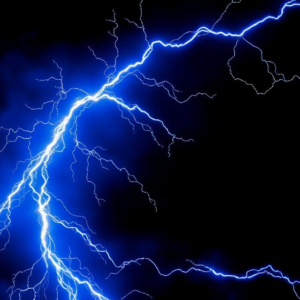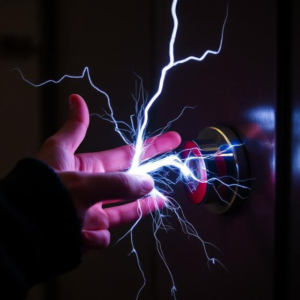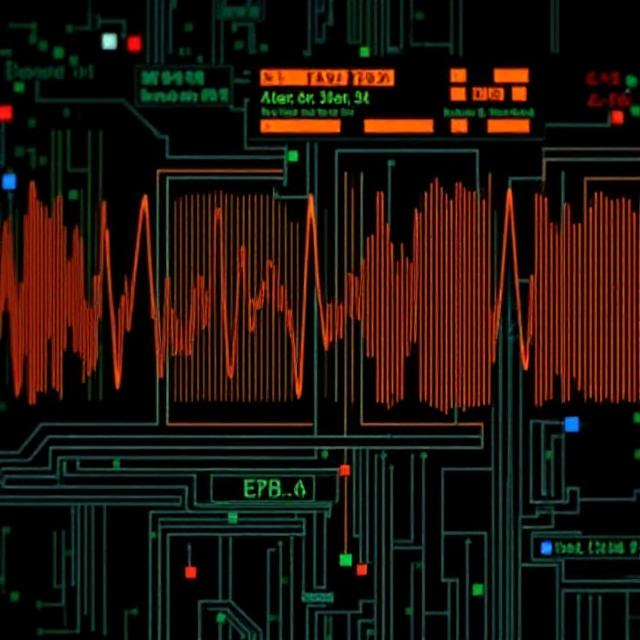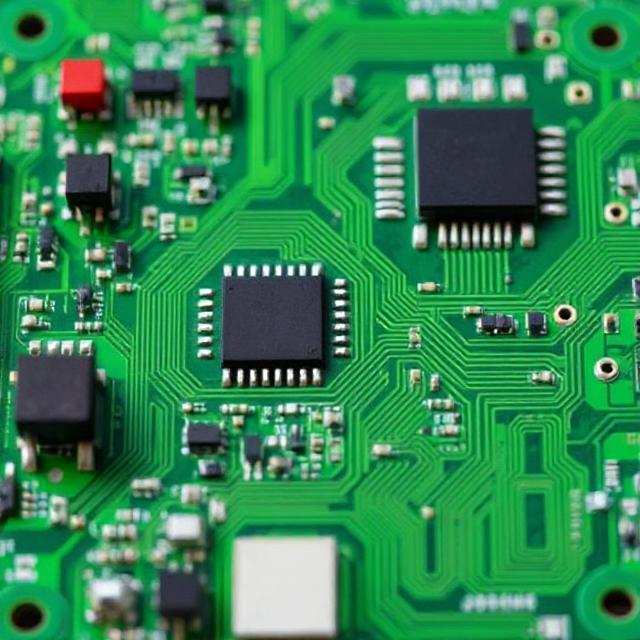What is Electrostatics?
Electrostatics is the study of static (non-moving) electric charges and the forces between them. It’s a branch of physics that deals with how electric charges interact with each other when they are at rest (not moving).
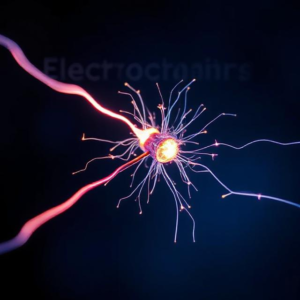
To understand electrostatics, let’s break it down into simpler concepts.
Key Concepts:
- Electric Charges:
- Matter is made up of tiny particles called atoms, and atoms themselves are made of even smaller particles like protons, neutrons, and electrons.
- Protons have a positive charge (+), and electrons have a negative charge (–).
- Objects can gain or lose electrons, and when they do, they become charged:
- Positive charge: When an object loses electrons, it becomes positively charged (more protons than electrons).
- Negative charge: When an object gains electrons, it becomes negatively charged (more electrons than protons).
- Types of Charges:
- Like charges repel: Two positive charges or two negative charges push each other away.
- Opposite charges attract: A positive charge and a negative charge pull towards each other.
- Electric Force:
- Just like how two magnets can either attract or repel each other, electric charges also exert forces on one another. The strength of the force depends on:
- The amount of charge: More charge means a stronger force.
- Distance between the charges: The closer the charges are, the stronger the force.
The force between charges follows Coulomb’s Law, which states:
Where:
is the force between the charges.
and
are the amounts of charge.
is the distance between the charges.
is Coulomb’s constant (a fixed number in physics).
- Just like how two magnets can either attract or repel each other, electric charges also exert forces on one another. The strength of the force depends on:
- Electric Fields:
- An electric charge doesn’t just sit there; it creates an invisible field around it, called the electric field.
- The electric field is the space around a charged object where it can exert a force on other charges. You can think of it as the “influence” that a charge has on its surroundings.
- The direction of the electric field is defined as the direction a positive test charge would move if placed in the field:
- If a positive charge is creating the field, the field lines point away from it.
- If a negative charge is creating the field, the field lines point towards it.
- Conductors and Insulators:
- Conductors: Materials like metals (e.g., copper, aluminum) that allow electrons to move easily. These materials can carry electric charge.
- Insulators: Materials like rubber, glass, or wood that don’t allow electrons to move easily. They prevent the flow of charge.
Examples in Real Life:
- Static Electricity (Like when you rub a balloon on your hair):
- When you rub a balloon on your hair, electrons move from your hair to the balloon. Your hair becomes positively charged (loses electrons), and the balloon becomes negatively charged (gains electrons).
- Now, because opposite charges attract, the balloon can stick to your hair or attract small pieces of paper.
- Lightning:
- Lightning is a dramatic example of electrostatics. The build-up of electric charge in a cloud creates an enormous electric field between the cloud and the ground. When this field becomes strong enough, it causes the charges to “jump” through the air in the form of a lightning bolt.
- Electric Shock:
- When you walk across a carpet and then touch a doorknob, you might feel a shock. This is because you’ve built up a charge (usually negative) from rubbing your feet on the carpet. When you touch the doorknob, the charge suddenly flows from you to the doorknob, and you feel the shock.
Summary:
Electrostatics is the study of electric charges at rest. It involves understanding how charges interact, creating forces between them. Charges can attract or repel, and this interaction can be described using concepts like electric fields and Coulomb’s Law. From everyday experiences like static electricity to big events like lightning, electrostatics plays a key role in our world.
Keywords: Electrostatics, Electronics

